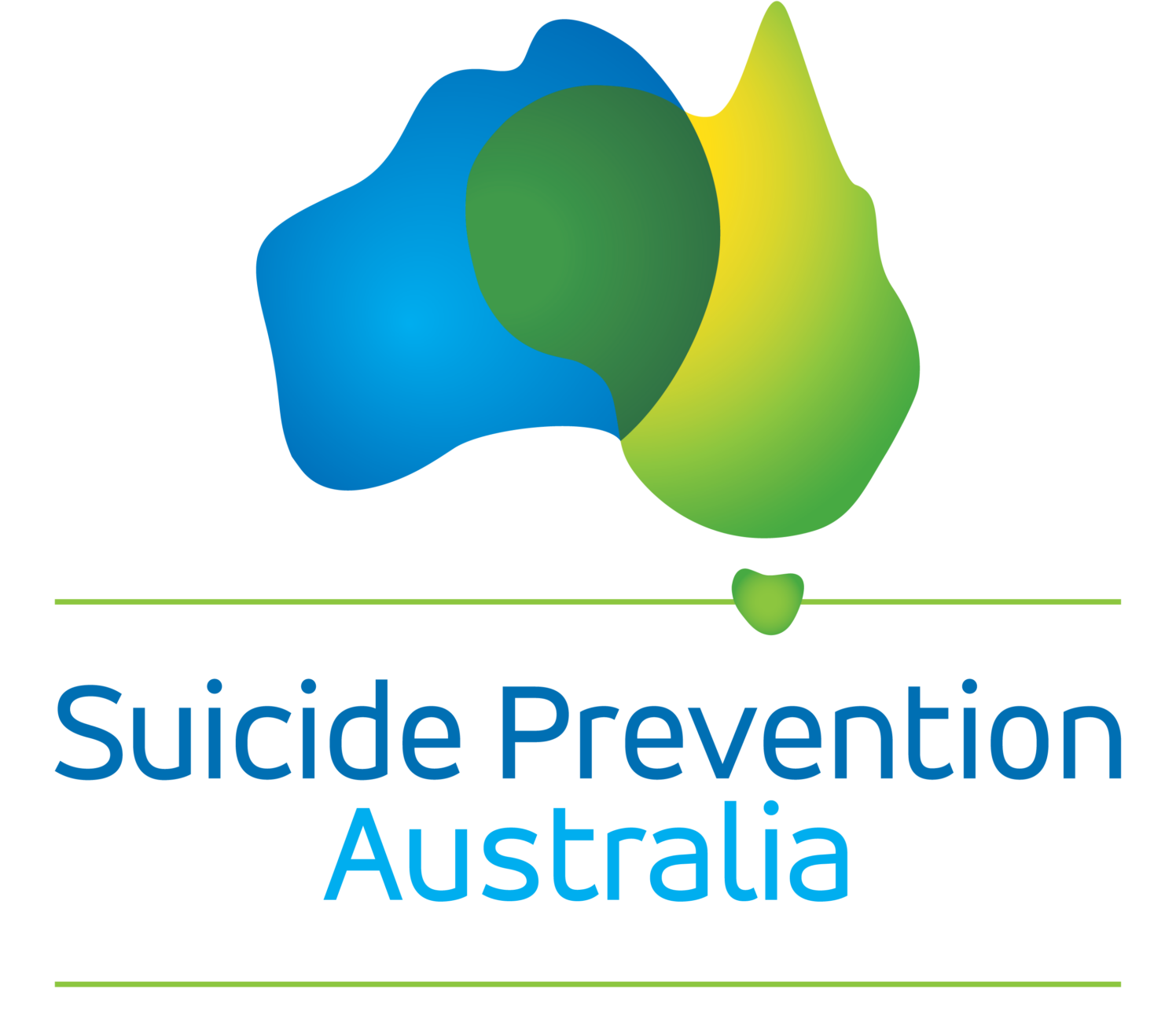Tanya lives on Kaurna land in South Australia with her partner, and pets. She is a huge Adelaide Crows fan, with membership to both the Men’s and Women’s teams. Tanya describes her lived experience with suicide crisis/distress as ongoing, she still lives with what she calls a ‘suicidal part’. When this part of her gets loud, Tanya has learned to treat herself compassionately, and escape into nature. Living on the coast helps with that, as does taking regular camping trips and going hiking – all things she likes to do regularly.
A suicide survivor, Tanya has survived her own attempts and has lost loved ones to suicide. In 2016, after finding that the mental health system was in need of repair, Tanya joined a local consumer & carer group and started her advocacy journey. She has since obtained her Cert IV in Mental Health (Peer Work) and used her lived experience to support others through crisis. In 2020 Tanya led the Learning from Lived Experience (LfLE) suicide prevention project at SA Lived Experience Leadership & Advocacy Network (LELAN). This project amplified the lived experience insights and solution ideas of more than 100 people with a lived experience of suicide, crisis/distress. You can read more about it here: www.lelan.org.au/carenottreatment . Involvement in the Lived Experience space and especially in advocacy has helped Tanya find a sense of community and purpose – ultimately making life worth living.
Tanya’s motivation to be a member of the Lived Experience Panel for Suicide Prevention Australia is to continue to help amplify the voices of people with a lived experience – and ensure lived experience is included at every level of suicide prevention. This comes from her own experiences of feeling unheard, or silenced within the mental health system. There is a sense of validation and freedom in having your voice heard, but more than that, the vulnerability in sharing your story builds connection. The hope and purpose that Tanya has gained from the lived experience community can not be understated.
The message of hope that she would like to offer others is:
“I was once in a mental health ward after surviving an attempt, and the weather outside the ward matched my mood at the time. It would not stop raining. For days on end the skies were grey and it bucketed down. Then one day, the clouds parted and just for a short time – not even half an hour – sun shone down and warmed my skin. I sat outside and bathed in it, enjoying every moment. And then I realised that if 30 minutes of sunshine could make up for weeks of gloomy weather, so too could a moment of happiness. So I stopped chasing perpetual happiness, stopped hoping to feel good all the time. Instead, I started looking for sunshine moments – however brief – and started finding reasons that life was worth living again.”
